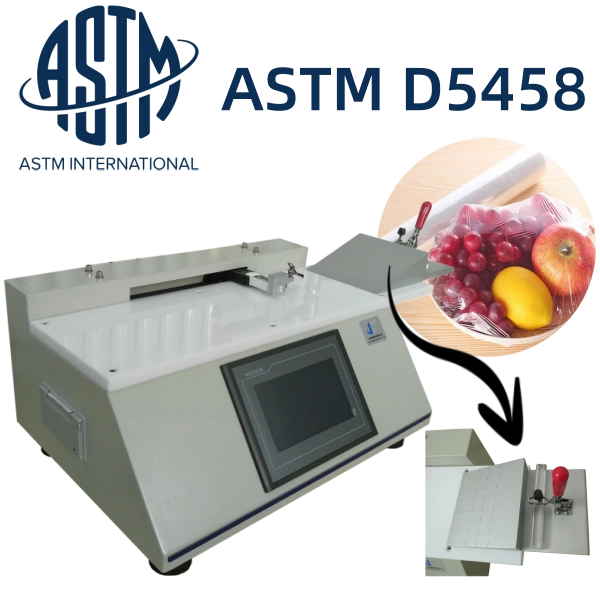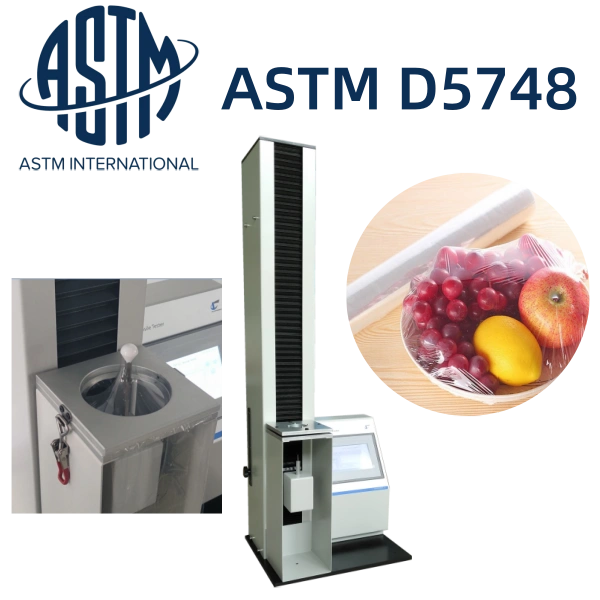Stretch film plays a critical role in protecting goods during transportation and storage. It is a highly versatile packaging material that provides excellent protection for various products, from food and pharmaceuticals to electronics and household items. To ensure stretch film meets the required standards for strength, durability, and reliability, various testing methods are used.
The Importance of Stretch Film Testing
Stretch film is a popular choice in the packaging industry due to its flexibility and ability to hold items securely. However, to ensure its efficiency in real-world applications, thorough testing is essential. Stretch Film tests evaluate the film’s tensile strength, elongation properties, puncture resistance, and more. Proper testing guarantees that the stretch film can withstand mechanical stress, weather conditions, and other environmental factors during handling and transportation.
By conducting regular Stretch Film tests, manufacturers can:
- Improve the quality of packaging
- Reduce material wastage
- Ensure the safety and protection of goods during transit
- Meet industry standards for packaging materials
Cling Wrap Peel Cling Test: Measuring Adhesion Performance
One of the most common tests used for Stretch Film testing is the Cling Wrap Peel Cling Test. This test evaluates how well the stretch film adheres to various surfaces. Proper adhesion is essential for stretch film to perform optimally, especially when wrapping products for shipment or storage. If the film fails to cling adequately, it can lead to shifts in the packaging, potentially damaging the contents.
Procedure for Cling Wrap Peel Cling Test
The test involves peeling a strip of cling film from a surface to measure the force required to detach it. This force is an indication of the film’s adhesive strength. The test is typically performed under controlled conditions to ensure consistency in results, using a specialized cling film testing apparatus designed for accurate force measurement.
ASTM D5458: Standard Test Method for Peel Cling of Stretch Wrap Film
ASTM D5458 is a key standard that defines the procedure for evaluating the peel cling properties of stretch wrap films. This test method measures the cling force required to peel the film from various surfaces, which is essential for ensuring that the film adheres properly during the wrapping and shipping process. A film with poor peel cling may not secure packages adequately, leading to potential damage or shifts during transportation.
- Key features of ASTM D5458:
- Outlines the test method for measuring the force required to peel stretch film from a surface.
- Provides specifications for testing cling performance on different materials and under various conditions.
- Helps manufacturers ensure that the stretch film will provide the necessary adhesion for secure packaging.
By following ASTM D5458, manufacturers can ensure that their stretch wrap films provide the appropriate level of cling, reducing the risk of packaging failures and enhancing the safety of transported goods.
PVC Cling Film Puncture Test: Assessing Film Durability
Another critical test for Stretch Film is the PVC Cling Film Puncture Test. This test evaluates the puncture resistance of the film, which is crucial in determining its durability during handling and transportation. The film must be strong enough to prevent punctures from external objects, which could compromise the contents inside the packaging.
How the PVC Cling Film Puncture Test Works
The PVC Cling Film Puncture Test is conducted by applying a controlled force to the film using a puncturing tool. The amount of force required to puncture the film is recorded, and this data helps manufacturers understand the material’s strength and resistance to damage. A high puncture resistance indicates that the film will better protect the packaged goods, reducing the likelihood of damage.
ASTM D5748: Standard Test Method for Protrusion Puncture Resistance of Stretch Wrap Film
ASTM D5748 is a critical standard used to evaluate the puncture resistance of stretch wrap films. It specifically focuses on the ability of stretch film to resist punctures caused by sharp protrusions, a common challenge in the shipping and handling of packaged goods. This test method helps ensure that the film can withstand external impacts, reducing the risk of packaging failures that could compromise the integrity of the product inside.
- Key features of ASTM D5748:
- Describes the test procedure for measuring the resistance of stretch film to punctures from protruding objects.
- Provides detailed guidelines for conducting tests to simulate real-world conditions, where films are often exposed to sharp edges or corners.
- Specifies the equipment and conditions for accurately measuring puncture resistance.
By adhering to ASTM D5748, manufacturers can produce stretch films with improved resistance to punctures, ensuring better protection for goods during transit.
Let’s learn more about Stretch Film test
Stretch Film tests are an indispensable part of the packaging process, providing peace of mind that your materials will perform as expected.


